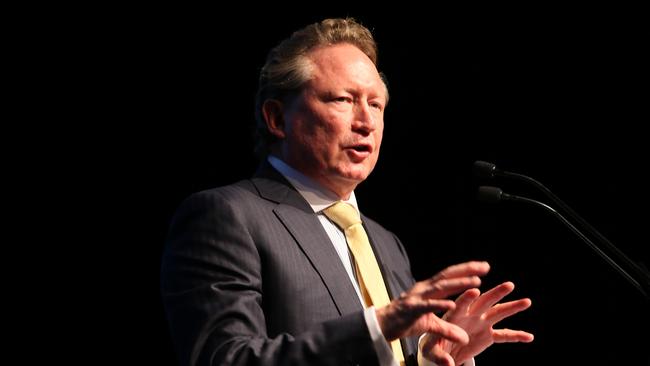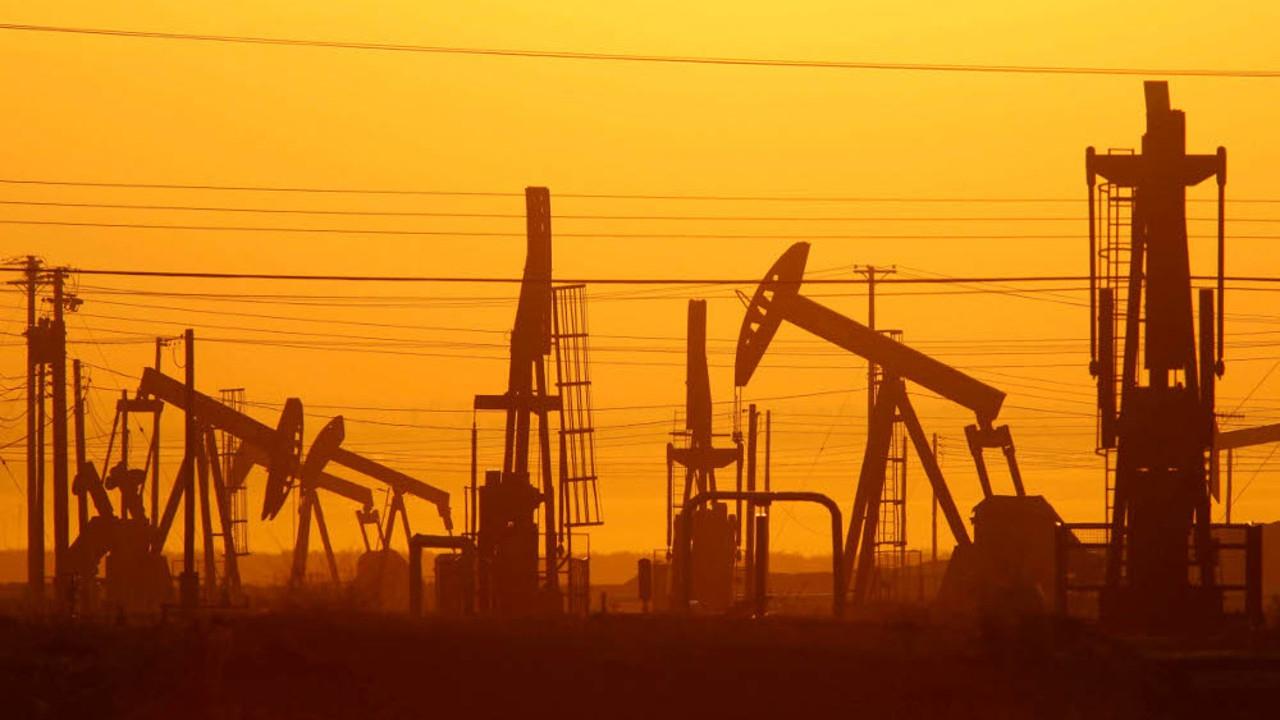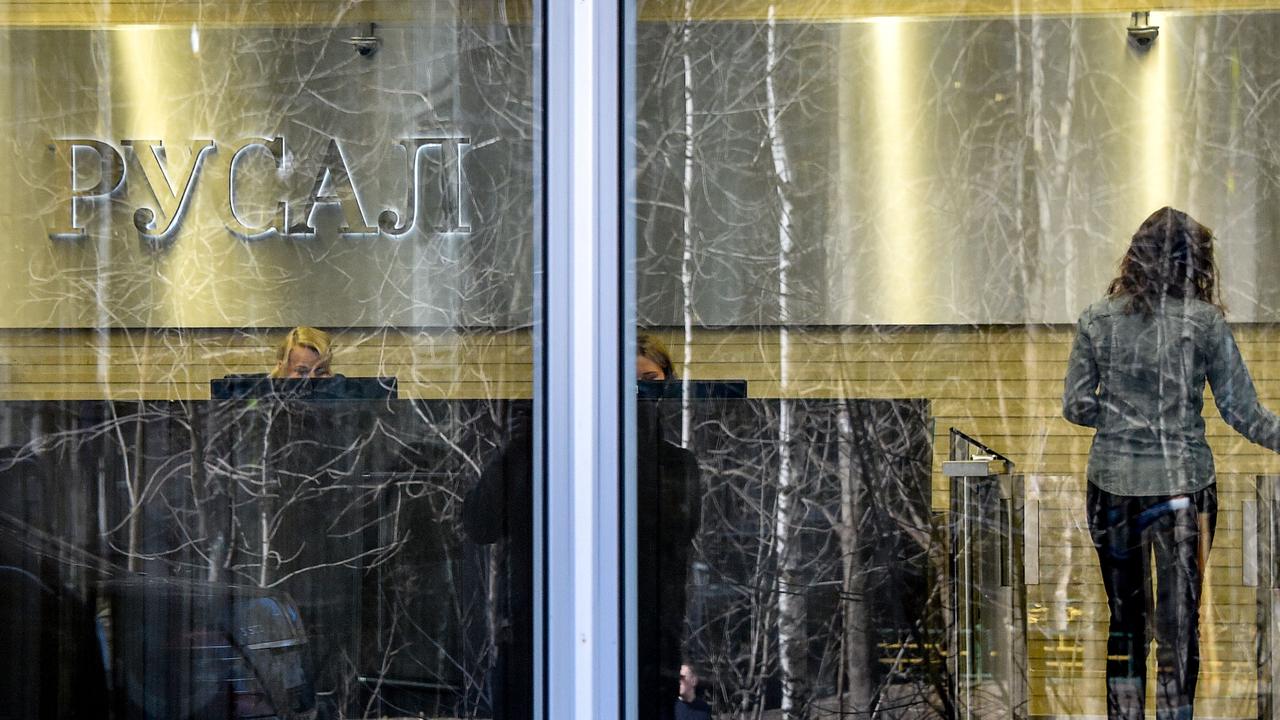Dividend is a testament to Fortescue grit
Fortescue has moved heaven and earth, and should now withstand whatever the iron ore market throws at it.

The two key variables that have driven Fortescue’s performance over the past five years have been costs and debt.
Five years ago it had C1 costs of $US48 a tonne and total delivered costs of $US69 a tonne. For the year to June C1 costs were $US15 a tonne and still heading down, while total delivered costs were $US23 a tonne.
Five years ago Fortescue had gross debt of $US12.7 billion and net debt of $US10.5bn. Today it has gross debt of $US6.8bn and $US5.2bn of net debt.
It is that dramatic reduction in costs and the transformation of a balance sheet that was dangerously leveraged to one that is increasingly robust, with gearing of 38 per cent, that has enabled Fortescue to survive the halving of iron ore prices over that period.
It has helped that the group has intelligently addressed its debt burden, pushing out maturities – it has no debt maturing until 2019 – and opportunistically buying back debt at a discount. Those purchases of debt below its face value also generated $US192 million of “finance income” in the latest financial year.
It is the performance on costs which has driven the group’s performance in recent years, and which under-pinned the big increase in its earnings, from $US316m to $US985m, in the year to June.
With C1 costs of $US14.31 a tonne in the June quarter, well below their $US15.43 a tonne average for the year, and guidance of $US12 to $US13 a tonne for the current financial year, Fortescue is now at the low end of the cost curve.
While the quality of its ore is inferior to that of Rio Tinto or BHP Billiton and therefore attracts a discount to the prices they receive, it has worked itself into a position where it ought to be able to withstand whatever the iron ore market throws at it.
The iron ore price has been surprisingly strong at around $US60 a tonne, buoyed by China’s increased infrastructure spending, but faces a continuing surge in supply as Gina Rinehart’s Roy Hill mine continues to ramp up and ore from Vale’s S11D project gradually starts entering the market.
Fortescue’s decision, which surprised the market, to lift its final dividend from 2 cents a share to 12c a share – the annual dividend has risen from 5c last year to 15c – is a demonstration of the group’s confidence in its ability to weather another downturn in the price.
A breakdown of the group’s underlying performance illustrates just how important the steep reduction in costs has been.
Within the big increase in earnings before interest, tax, depreciation and amortisation it achieved, from $US2.5bn to $US3.2bn, the reduction in C1 costs of $US1.96bn more than offset the $US1.74bn negative impact of lower prices.
Analysts have questioned the sustainability of those cost reductions, given a major driver of them has been a significant reduction in the group’s strip ratios – Fortescue mined 10 per cent more ore last financial year but removed 35 per cent less over-burden. The group itself said strip ratios might edge up in the September quarter but will then gradually reduce again through the rest of the 2016-17 financial year.
In any event, the strip ratios are only one element of the cost reductions. Across almost every element within its cost base – most notably shipping costs but also port and rail costs -- Fortescue has driven costs down materially.
It has also nearly trebled its production in the past five years, to just under 170 Mtpa, even though it has been very vocal in criticising Rio and BHP for adding volume to a falling market. The big increase in volume has been pivotal to Fortescue’s transformation from a dangerously-leveraged high-cost producer to its far more stable and competitive condition today.
The unexpectedly large increase in the final dividend didn’t move the Fortescue share price, which was marginally down in late morning trade. At around the $4.85 a share level, however, it compares with the sub-$1.90 levels at which the shares traded a year ago.
Fortescue’s current market capitalisation of more than $15bn signals just how far it, and the market’s assessment of its condition and prospects, have come in the space of the past 12 months.
With the cash flow from operations rising from $US2bn to $US3bn last financial year, it should, if it continues to push its C1 costs down and iron prices remain relatively stable, be able to continue to chip away at its much-reduced debt levels and continue to strengthen its foundations against the possibility of another steep fall in the iron ore price.




The big increase in Fortescue’s (FMG) dividends says something about the group’s confidence in its prospects despite the continuing uncertainty about future iron ore prices, as well as the transformation in quality of the group’s underlying performance and condition.